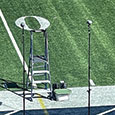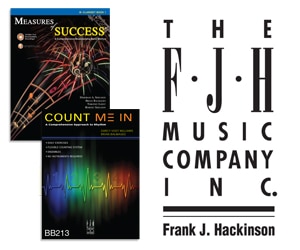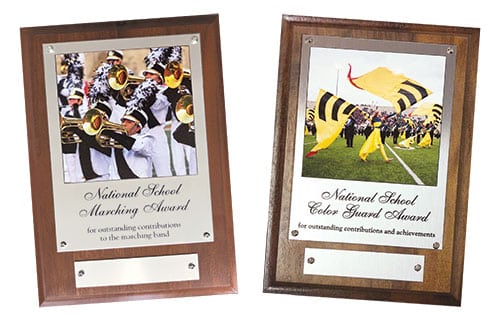When faced with a difficult passage, many players skip or even add some notes and play with an inconsistent tone, but I have found it helpful to have students use a set of rhythm exercises which emphasize different notes in the passage. Although the examples here are measures in 2/4 and 6/8, these practice rhythms can be applied to any symmetrical meter.
To create the practice rhythms students should insert an additional beat, a quarter note or a dotted quarter note depending on the meter to each subdivision of the pulse.
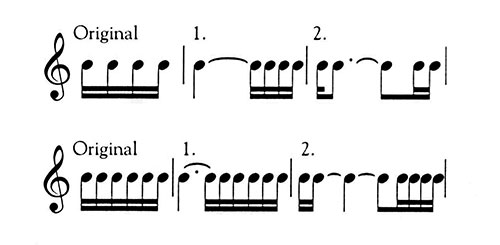
When a longer note value is added students are able to concentrate on smaller units of tricky passages. The original downbeats and upbeats of the passage will always fall on a downbeat or upbeat in the exercises. The inserted note augments the passage but does not move the position of any notes in relation to the beat. For example, in measure 6 of lbert’s Concerto if a student inserts a quarter note after the second 16th note of each group of sixteenths, the rhythm is expanded and the last two sixteenth notes will still occur on the upbeat as written.
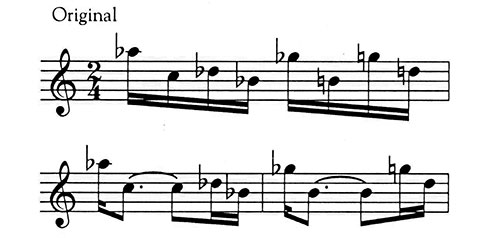
The dotted rhythms call for even quicker finger movement than the original notation, which makes playing the passage as written seem easy. When students use the rhythm exercises with a difficult and tricky passage, a metronome should be set at a comfortable tempo, where the entire passage can be played without mistakes. Set internal subdivisions of the beat with the metronome if possible. Too often students set the metronome at a faster tempo than they can play and become frustrated. Every note, rhythm, articulation, and dynamic should be played correctly or the tempo is too fast. Half tempo generally is a good place to start.
Students tend to rush easier finger changes such as C to D flat, while slowing down for the difficult shifts (C to D natural ). By first playing the passage with slurs students will hear any uneven fingering changes and students will naturally be encouraged to play with a more consistent and full tone. When slurring the rhythm exercises students should be sure not to move off the longer note too soon. When notes in a passage are repeated, such as the F# and D in measure 63 of Sancan’s Sonatine, students should re-articulate the second of the two for rhythmic clarity.

Because slurred passages are often rushed, students should play the rhythm exercises again at the same tempo articulating every note. This will further help them recognize uneven finger changes. When applying the rhythm exercises to originally double or triple-tongued passages, students should use the appropriate tonguing syllables even when practicing at a slower tempo.
After practicing the rhythm patterns, playing the passage accurately as written will seem easy and effortless. Students should increase the metronome speed by small increments, ( up to five beats per minute) and repeat the exercises.
I have found that many students shy away from practicing rhythm exercises slowly because it seems time consuming, but by practicing slowly students actually save time by not learning mistakes that inevitably arise when rushing to learn a difficult passage.




